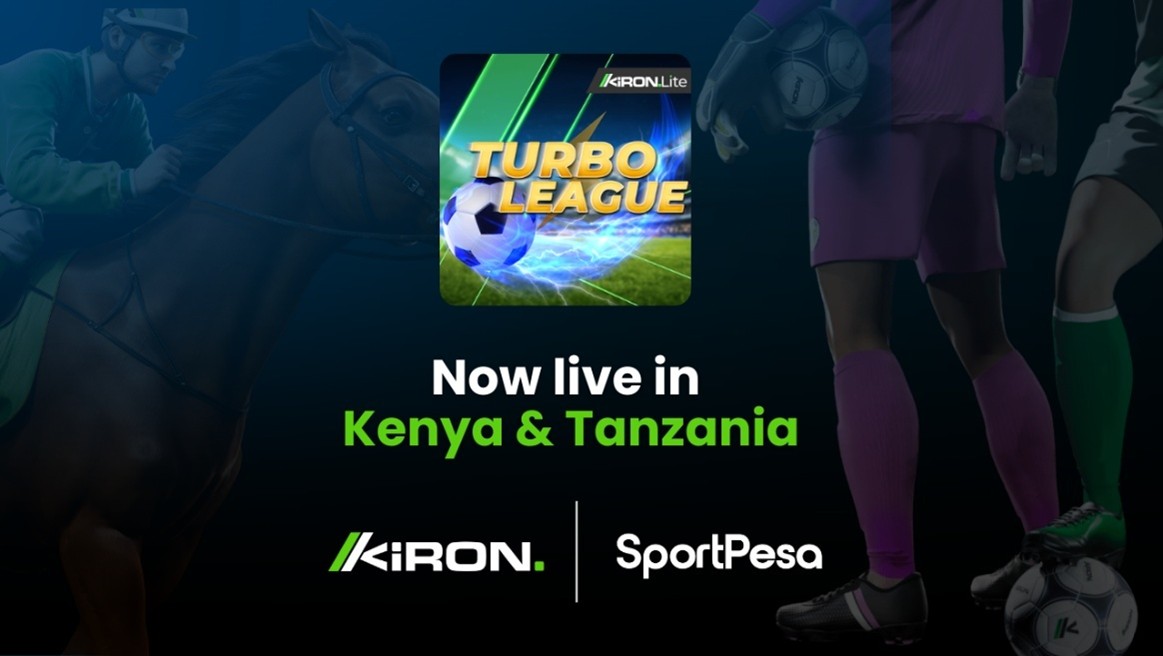eSports
Is “Region-Locking” Really The Best Path Forward For Professional eSports?

While eSports has become an increasingly global affair, a looming debate over the mandate to “region-lock” teams continues to raise the question of whether this practice still belongs in the modern era.
Region-locking has created some controversy — appearing in many forms across multiple eSport titles. To League of Legends Championship Series participants, it means restricting the regional movement of players between teams.
In the Halo Championship Series, we recently saw NA players being denied access to HCS London. This was an event exclusive to only European teams, a first for the 17-year old competitive Halo franchise.
Why region-lock for esports?
Region-locking was first introduced in Blizzard’s StarCraft 2 World Championship Series. Players needed to be legal residents of a country in the qualifying region to participate in the WCS.
The largely Korean-dominated-scene first prompted the concept of region-locking as a way to avoid predictable tournament results against the all-Korean teams and an attempt to lessen the occurrence of seemingly stale events.
Other regions had begun tapping into Korean talent pools and importing their players, essentially uncoupling teams from their local flavor. In fear of harming local followings, other leagues allow a limited amount of ‘imports’ to be drafted. This attempts to avoid teams converting to entirely culturally foreign rosters.
Building local pro-gaming scenes
Regional restrictions are seen as a way to build upon local gaming communities by leveling contests when competing locally.
Fan engagement is a critical part of this conversation. Why? Esports has the advantage of a relatively small barrier between fans and the players. Fans have the ability to watch their favorite players practice and scrimmage while also communicating through Twitch.
Importing foreign players with a significant language barrier is essentially creating a barrier for the primarily English-speaking fan base.
Improving fandom and making eSports generational
Advocates of regional restrictions sustain a focal point revolving around the development of a sustainable ecosystem for pro-gaming leagues.
Many believe facilitating a healthy global system is the key to maintaining a generational fandom.
“The way you do that is by creating narratives and story-lines of players that people want to follow,” Immortals CEO Noah Whinston said during a round-table discussion on region-locking. Whinston added to his argument by insisting that players who share similar cultural backgrounds would be more approachable and personable to fans.
In theory, enlisting casual fans to follow esports could be unaccommodating if a sizable cultural disconnect between the spectators and the players flares up. Region-locking could promote the health of esports holistically. But the argument against the restriction focuses more on the competition itself.
Improving regional skill
In esports, we see fascinating skill gaps between specific regions closely resembling the same abstraction in traditional sports. Just as Europeans remain well ahead of North America in soccer, Korean digital athletes are chiefly more skilled than the rest of their international competition in StarCraft.
StarCraft is not on an island either. We see similar differences in technical savviness across the varying regions in other games, such as League of Legends.
Although Koreans dominate a majority of League’s landscape as well, Europe has also been able to produce very capable mid-laners. In Halo, we see a pro-league commanded by NA players with consistent and unchallenging victories against the European squads.
With such pronounced supremacy in esport titles, wanting to know what characteristics allow a region to easily trump another is a common inquiry.
Infrastructure facilitating artistry
One of most common references for Korean players sustaining an extensive distance ahead of their international competition was that the existing infrastructure in Korea was so sophisticated that it produced and facilitated an ultimate competition. The advanced competition offered in Korea was available only to Korean players or those that took the leap of relocating to Korea to train, creating a sizable skill difference in international bouts.
In the case of the 17-year old Halo franchise, its competitive roots came in North America. That happened independently at first, and finally legitimized early on by Major League Gaming. The organized structure that MLG brought to Halo’s competitive scene encouraged and provided the top players the opportunity to significantly improve their skill sets.
An elevated contest of Halo in North America fostered professional players to play at a higher level. This movement allowed the players to compete in the MLG Pro Circuit — granting a heavy advantage when challenging other teams that lacked the same top-tier exposure.
-

 Asia5 days ago
Asia5 days agoDigital gaming disruption tackled in 1st AsPac Regulators’ Forum
-

 Central Europe7 days ago
Central Europe7 days agoFootball Stats Startup Challenges Multi-Million Company With Free Publication Of Blueprints
-

 Latest News7 days ago
Latest News7 days agoThe Current State of the German iGaming Market and Its Role in Europe
-

 Eastern Europe7 days ago
Eastern Europe7 days agoSYNOT Games Partners with WIN2
-

 Africa6 days ago
Africa6 days agoKiron announces the launch of its new virtual football title, Turbo League, with SportPesa in Kenya and Tanzania
-

 Latest News7 days ago
Latest News7 days agoOperator-Exclusive Slots: Do Content Bundles Still Deliver ROI?
-

 Conferences in Europe7 days ago
Conferences in Europe7 days agoBC.GAME to Showcase at SBC Summit 2025 in Lisbon
-

 Latest News7 days ago
Latest News7 days agoPodium’s Racing Data to Power Dabble’s Social-led Betting Service in the UK

















